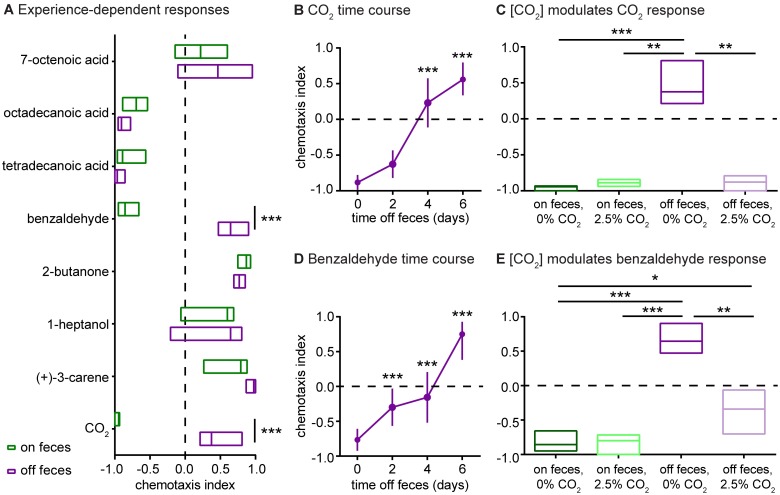Fig 5. H. polygyrus iL3s exhibit experience-dependent olfactory plasticity.
A. iL3s cultured on vs. off feces respond differently to a subset of odorants in a chemotaxis assay. Benzaldehyde and CO2 were repulsive for on-feces iL3s but attractive for off-feces iL3s. ***p<0.001, two-way ANOVA with Sidak’s post-test. n = 8–28 trials for each condition. B. CO2-response valence shifted from repulsive to attractive over the course of 6 days following removal from feces. Day 0 indicates the time of removal from feces. ***p<0.001 relative to day 0, Kruskal-Wallis test with Dunn’s post-test. n = 12–18 trials for each condition. C. Environmental CO2 levels determine CO2-response valence. iL3s cultured on feces at either ambient CO2 (“0% CO2”) or high CO2 (“2.5% CO2”) were repelled by 10% CO2, iL3s cultured off feces at 0% CO2 were attracted to 10% CO2, and iL3s cultured off feces at 2.5% CO2 were repelled by 10% CO2. **p<0.01, ***p<0.001, Kruskal-Wallis test with Dunn’s post-test. n = 10–12 trials for each condition. D. Benzaldehyde-response valence shifted from repulsive to attractive over the course of 6 days following removal from feces. ***p<0.001 relative to day 0, one-way ANOVA with Dunnett’s post-test. n = 10–16 trials for each condition. E. Environmental CO2 levels determine benzaldehyde-response valence. iL3s cultured on feces at either 0% CO2 or 2.5% CO2 were repelled by benzaldehyde, iL3s cultured off feces at 0% CO2 were attracted to benzaldehyde, and iL3s cultured off feces at 2.5% CO2 were slightly repelled by benzaldehyde. *p<0.05, **p<0.01, ***p<0.001, Kruskal-Wallis test with Dunn’s post-test. n = 10–28 trials for each condition. Graphs show medians and interquartile ranges.

